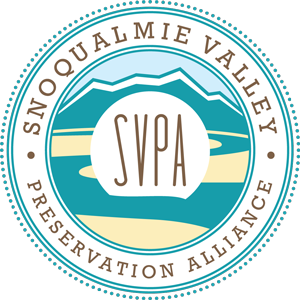Beaver troubles? We can help!!
SVPA’s BeaverWise Program has been developed to help valley landowners and land managers mitigate and reduce beaver-caused flooding, drainage issues, and damage to property and infrastructure.
In talking with the many farmers and landowners in the valley, we’ve recognized that there is not a one-size-fits-all approach to managing beavers. Our program seeks to serve the unique, complex needs and challenges of a highly-modified agricultural landscape in order to protect farmland, infrastructure, and other important assets on our working resource lands as well as optimize the numerous ecosystem services beavers provide, where it’s most appropriate.
Our hope is that this program will result in reductions in flooding caused by beavers on agricultural land and infrastructure, support beaver habitat in coexistence with human activities, enhance agricultural productivity and strengthen the local food economy, and assist in the establishment and longevity of riparian buffer planting to enhance salmon recovery.







